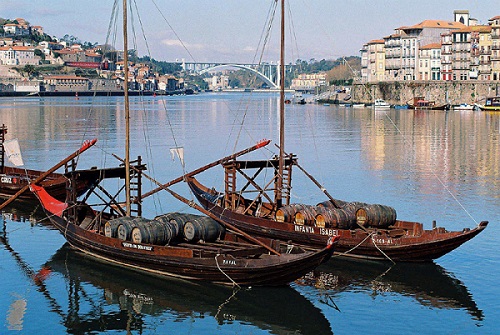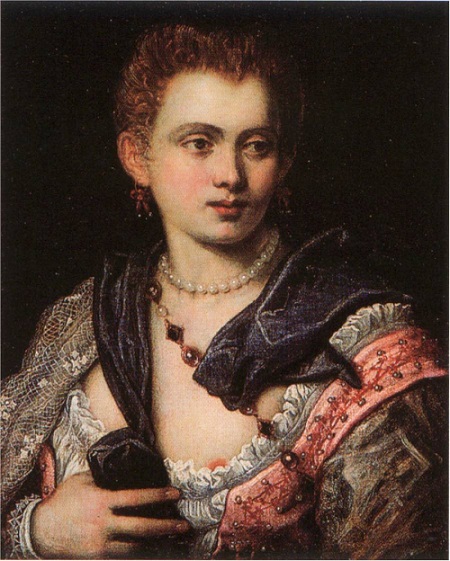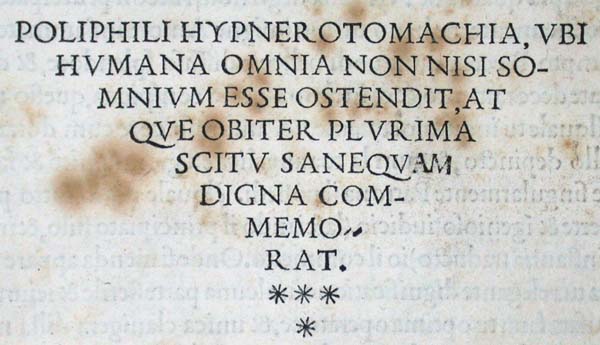
If Guiseppe Verdi and the Duchess of Parma were alive today, and they strayed into the Via Soziglia in Genoa, the would certainly recognize one store, that of the confectioner Pietro Romanengo, famous for over 200 years for the most exquisite specialties. Pietro Romanengo’s history began in Genoa in 1780 when Antonio Maria Romanego opened a colonial spice shop in Via della Maddalena. Antonio Maria Romanengo, born in Voltaggio in 1751 had two sons and both of them, Stefano and Francesco, continued their father’s business. Whilst keeping the same shop they dedicated the production to candied fruits according to the old Genoese traditional manufacturing processes but they also began producing the “new” French confectionery and chocolates.
Two shops were opened in Genoa, a shop in San Siro and a workshop in Piazza Campetto, the workshop would then go on to expand to all five floors of the building. The two brothers parted in two separate businesses and Stefano kept the two shops and the factory in Piazza Campetto.
In 1850 Stefano Romanengo left the business to his son Pietro. In the meantime, in 1805, the Genoa Chamber of Commerce and Crafts was founded, and Pietro, who was already working with his father, registered the business with the Chamber of Commerce in 1829. Thus the name “Pietro Romanengo fu Stefano” was born, Pietro chose the name to remember his father on the shop’s sign, the name is still the same to this day, together with the logo, a dove with an olive branch (a symbol of peace in the wake of the Napoleonic wars) He also introduced the company’s blue paper packaging which was once used to wrap sugar cones.
Pietro Romanengo took the business to a high level of sweet production in Genoa and conveyed this passion to his son Stefano, who, in 1865, 24 years old, obtained a degree in confectionery from the University of Genoa.
Pietro became a leading authority in his field, so much so that it was to him the authorities turned for information on the candied fruit industry. A surviving letter written by Pietro on 13th October 1863 to the chairman of the Chamber of Commerce and Crafts reveals that “the confectionery industry was fully-developed in Genoa” by the early 19th century, particularly “as regards candied fruit, traditionally its main area of production”. He goes on to say that “the frequent arrival of Greek, Dalmatian and Maltese vessels” provided important supplies of fruit which were candied and “exported both to Germany and America”.
Living in the port of Genoa, through which all the oriental goods such as sugar, fruits and spices were imported, gave Stefano a special advantage. His son, Pietro was permitted to call himself “premier Confiseur-Chocolatier” and considerably expanded the firm’s activities. HIs major products were conserves, candied fruits, syrup and liqueurs. He adapted oriental recipes, which the Crusaders had brought home to Genoa in the Middle Ages, He decorated his shop in the Via Soziglia in Parisian style with exotic woods and marble, and produced his wares using French machinery. At the time, both Verdi and the Duchess of Parma bought exquisite specialties from that very shop, with Verdi even mentioning it in his letters.
At the wedding of Prince Umberto and Margherita of Savoy in 1868, the guests enjoyed confections from Romanengo’s. The written record of this event is to be found in the Genoa community archives and lists: “candied fruits, elegant bonbons, bombonieres, and Jordan almonds.” The last are a firm favourite at Italian weddings and are made with almonds, pistachios, and pine nuts according to the book L’art du confiseur moderne of 1879. They constitute the one of the most difficult tasks for he confectioner.
In 1859, the Genoese sugar industry employed some 200 workers producing over 300,000 kgs of candied fruits per year. The majority was exported to Holland, Germany, Northern Europe, North and South America, and Switzerland.
Today the firm of Romanengo has 24 permanent employees and the same number of seasonal workers. who make all the products by hand according to traditional methods. The factory is sited in Viale Mojon. Here the most delicious conserves, jellies and syrups, and of course the famous candied fruits and Jordan almonds, are made from fresh, ripe fruits, such as bitter oranges, melons, quinces, nuts and rose petals. In the book Il negoziante (1683) by Gian Domenico Pen, conserves and candied fruits from Genoa are described as “the very best in the whole world”. For Lent, there were various confectionery articles made without fat. In 1868, the newspaper Popolo d’Italia wrote that the trade at Romanengo’s was very brisk in the days before Easter, because of the great demand for his incomparable Lenten marzipan, which every Catholic was allowed to enjoy without falling prey to the sin of indulgence.
The historic shop in the Via Soziglia, which has remained completely unchanged since it was opened in 1814, is a jewel in the old quarter of Genoa. A collection of old appliances and objects used in the making and packaging of Romanengo’s specialties is also on view there.
So if you are travelling to Genoa, put this on your ‘must-do’ list – it is both a taste and visual experience you will not forget.










